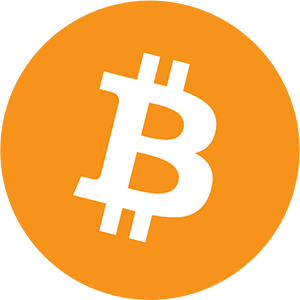US Federal Reserve reduced interest rates by 0.25% today (Wednesday), aiming to sustain economic momentum while managing persistent inflationary pressures.
Simultaneously, Bitcoin, the top cryptocurrency, is positioning itself as a transformative force in the global economy. The rate cut is reportedly the third this year, reflecting a balance between economic growth and inflation.
The Fed’s decision wasn’t unanimous, with Cleveland Fed President Beth Hammack reportedly voting to keep rates steady, CNN Business reported. The division reflected concerns over inflation, which remains above the 2% target and is now projected to persist until 2027.
Watch Chair Powell’s statement from the #FOMC press conference:Intro clip: https://t.co/EU0F5hEUNVFull video: https://t.co/t10AfF2VD9Press Conference materials: https://t.co/nxSNshyYiV
— Federal Reserve (@federalreserve) December 18, 2024
Rising Inflation Rates
Despite this, the US economy has shown resilience, fueled by strong consumer spending and steady business investments. Policymakers reportedly foresee stable growth and low unemployment next year.
As traditional markets grapple with inflation, Bitcoin continues to strengthen its position in the financial world. Analysts are now projecting that the crypto could surge to more than $200,000 by 2025, driven by favorable regulatory shifts and increased corporate adoption.
Bitcoin is currently on a slight correction trading at $101,269 at the time of writing. This represents a 5% drop in price in the past day. However, the market cap is more than $2 trillion, representing 56% of the total crypto market cap, data from CoinMarketCap shows.
The Bitcoin Strategic Reserve Bill, introduced in 2024, has elevated its status as a geopolitical asset, with some envisioning nation-states holding Bitcoin as a hedge against economic uncertainty. The crypto market’s strong performance in 2024, marked by the rebound of stablecoins and the rise of meme coins, has fueled optimism for the years ahead.
According to analysts, Solana‘s network growth could propel its value to $1,000 by 2025, while Bitcoin benefits from improved accounting standards and broader institutional acceptance. Meanwhile, inflation continues to weigh on traditional markets. November saw a 2.7% rise in consumer prices, driven by food and energy costs.
Incoming Trump’s Administration
Core inflation, which excludes these volatile categories, held steady at 3.3%. While the Fed sees room to hold rates steady in the coming months, achieving its inflation target remains an uphill battle. However, the incoming Trump administration’s policies are expected to improve this landscape. Tax cuts and deregulation may stimulate growth, but proposed tariffs could disrupt trade and stoke inflation.
Inflation rises 2.7% ahead of the Federal Reserve’s last meeting of 2024 https://t.co/TxwaVe7aUV
— Quartz (@qz) December 11, 2024
The Federal Reserve now faces a daunting task in balancing inflation and growth. Its recent rate cuts underscore a cautious optimism, but achieving the 2% inflation target remains a long-term challenge. Meanwhile, Bitcoin’s rapid ascent underscores the growing interplay between traditional economic policies and emerging financial technologies.
This article was written by Jared Kirui at www.financemagnates.com.TrendingRead More
You might also be interested in reading BIS Innovation Hub partners with Fed to support analysis of digital assets.



